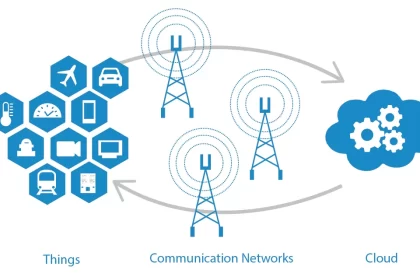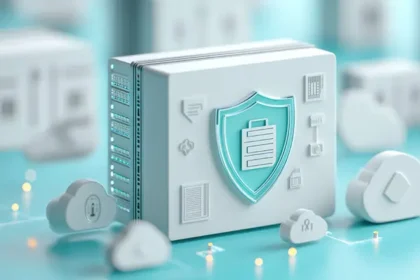Learning management systems are a great way to organize and prioritize your coursework. They can also help you better understand how to manage your time to stay on top of your assignments. However, many students still do not know what these tools are or how they work. This blog post will provide 4 things that every student should know about learning management systems!
What Is An LMS
An LMS is a system that allows people to create courses and distribute them to students, who can then track their progress. These systems help ensure consistency in course content across classes/multiple instructors by allowing the instructor to upload it once into an LMS, which will be used for all of their courses (even if they are taught at different times or by different instructors). This also ensures that everything about these courses including reading lists, syllabi, assignments, course creation tools that are seamlessly shared between all involved parties. Because of this ability to share key information among everyone on your team quickly and easily with minimal effort spent re-typing what’s already been created elsewhere, many institutions report decreases in workloads as well as increased efficiency through the use of learning management software.
What Are LMS Features
There is a range of different options for learning management systems. Almost every system provides the ability to enroll students in courses, communicate with them via email and discussion boards/forums, post announcements or news items about course content or important deadlines, create quizzes and assessments that can be assigned as assignments, grade student work quickly and efficiently by being able to mark it up directly on slides published online for each assignment submitted (as opposed to having grades entered into a spreadsheet), allow teachers access only to parts of their courses they need at any given time, including all grading tools without needing access to other classes’ materials until needed. Other common features include giving instructors the option to hide certain areas students while still making those sections available, giving the ability to place a link in multiple courses that will take students to a single location where they can upload their assignments, granting instructors access only while logged into the LMS system and not from other computers or devices.
What Are The Benefits Of An LMS
An LMS is a tool that educators, students, and businesses use to enhance educational experiences. It can be accessed through any device which makes it convenient for both teachers and learners. These systems help ensure consistency in course content across classes/multiple instructors by allowing the instructor to upload it once into an LMS, which will be used for all of their courses (even if they are taught at different times or by different instructors). This also ensures that everything about these courses including reading lists, syllabi, assignments, course creation tools that are seamlessly shared between all involved parties. Because of this ability to share key information among everyone on your team quickly and easily with minimal effort spent re-typing what’s already been created elsewhere, many institutions report decreases in workloads as well as increased efficiency through the use of learning management software.
How Do I Get Started With An LMS
First, you will need to decide on an LMS. The larger your organization is and the more complex your teaching needs are, the more features you’ll want in your system. You may also want to consider how easy it is for teachers or students to use that particular platform – this can impact adoption rates within your organization. Check out our learning management systems page where we compare many of today’s most popular platforms so you can narrow down which ones might be best for you! Second, figure out whether there are specific integrations available with other tools or software programs that would make managing courses easier (such as Google Drive). As mentioned above if using a particular tool like Slack has become part of the standard communication at work then integrating that will help with adoption rates. Third, you’ll want to think about your audience and how they might use the system – do you need more than just a way for students to access the course material? Do they also need tools like private messaging or video conferencing? Think through all of the different ways learners could log into an LMS so it’s not too overwhelming when training begins. You may even consider providing some online tutorials or videos as well!
Fourth, remember that it is possible to switch platforms if necessary in the future. Some organizations purchase licenses only once then reuse them over multiple years which can give people the time needed to adjust but this isn’t always feasible especially within tight budgets. Whichever platform you choose make sure that it will meet your needs for the foreseeable future. Last, you’ll want to consider how much training is needed before LMS adoption can begin. While these systems are often intuitive enough that learners can pick them up on their own this may not always be the case especially if they have never used an online learning software platform before. Consider offering a little bit of formal training or even just some informal ‘how-to’ videos so everyone can get started without delay!
Today’s society is moving at a faster pace than ever before. Every day brings new advances in technology, and the demands of our jobs are only increasing. Learning management systems (LMS) can help you keep up with all these changes and they’re more affordable than you might think!











